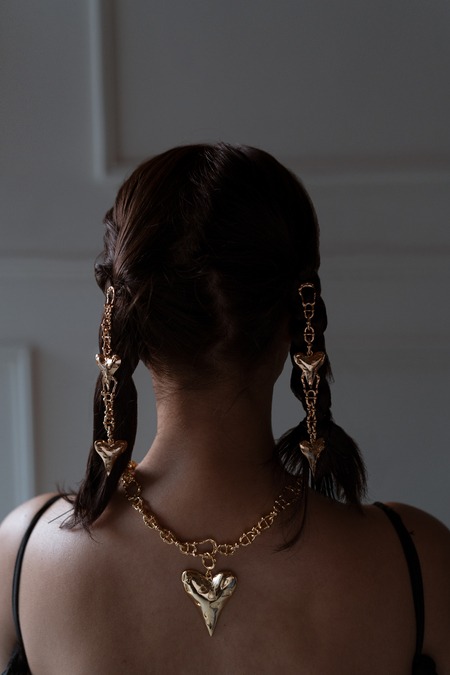In Simran Chhabra’s studio, jewellery doesn’t sit quietly in boxes waiting for an occasion. It sprawls across tables, half-formed sketches pinned beside prototypes, curves of metal meeting stones that glint like they’re mid-conversation. The pieces aren’t dainty keepsakes; they’re sculptural, oversized, unapologetic. Chhabra calls them “jewellery that commands space.”
That insistence on presence has been her signature since she first broke onto the scene more than a decade ago. Back then, awards and recognition came quickly, but what really shaped her trajectory was something harder to quantify: a refusal to play it safe. “The journey taught me to trust my instincts,” she says. “Recognition gave me confidence, but the restlessness, that’s what kept me pushing.”
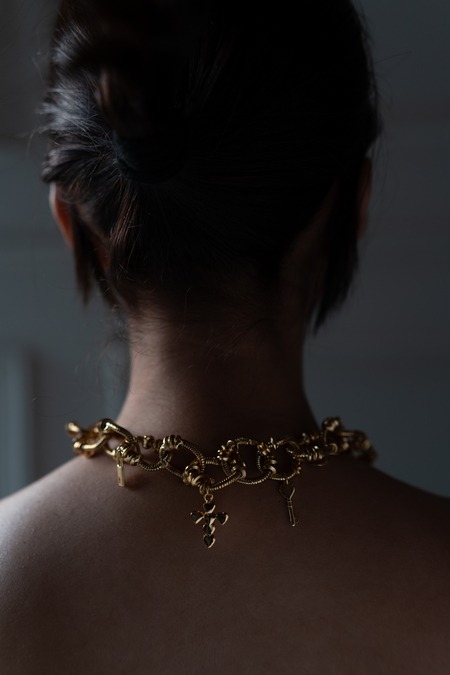
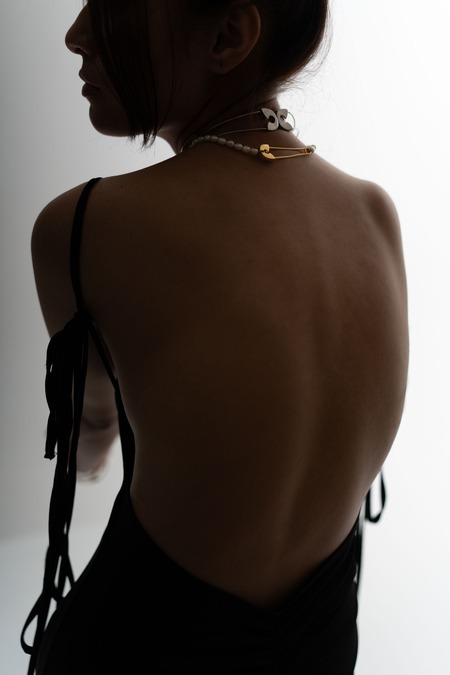
Her work is rooted in karigari. But tradition here isn’t static. In her hands, it becomes something else. A dialogue with global forms, a push to keep what is handmade relevant on an international scale. She works side by side with her artisans (karigars), sketching, testing proportions, reworking until a piece feels alive. “Every jewel is born from a dialogue between my sketch and my artisan’s hand,” she says. The results are hard to miss. A cuff shaped like folded architecture, earrings that mimic geometry more than ornament. Who wears them you ask? Deepika Padukone, Sonam Kapoor, Kareena Kapoor Khan.
Minimalism has never tempted her. If the last decade leaned into quiet luxury, Chhabra went the opposite way. Her language is maximalism, though she’s quick to clarify: it’s not clutter, it’s abundance. The scale, the detail, the daring. “It’s about richness of form,” she says. “In a world of restraint, my work is about celebrating excess as elegance.”
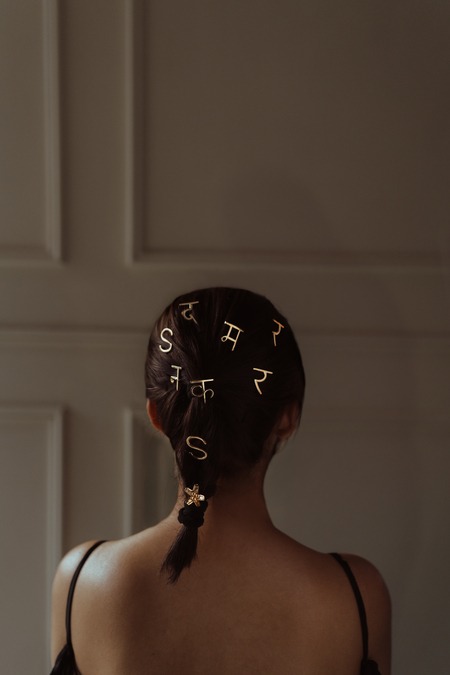
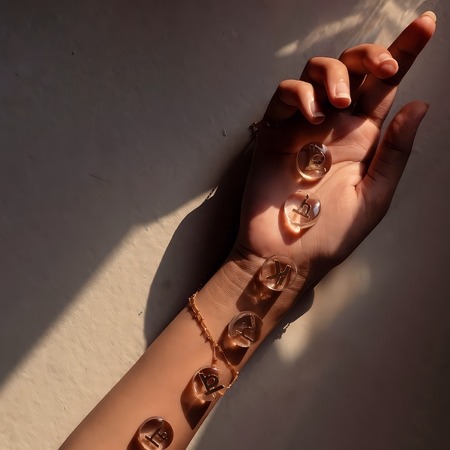
That philosophy plays out in collections like Akshar, which transforms Hindi initials into wearable sculptures. Part identity, ornament, and statement. Or Wah Taj, which takes Indian icons and reimagines them in fluid, contemporary forms. These aren’t static homages; they’re cultural motifs set in motion.
What comes next is expansion in two directions at once. On one hand, she imagines heirloom-scale sculptures — pieces that could sit in a museum as easily as they could on a red carpet. On the other, she’s developing leaner forms for everyday wear, designed for women who want the same bold energy without the scale. And she’s thinking beyond jewellery entirely, imagining collaborations with fashion houses or artists, building conversations across disciplines. Her dream muses? Women like Zendaya or Priyanka Chopra Jonas: “global, fearless, but rooted.”
Through it all, Chhabra’s work circles back to the same instinct: jewellery as sculpture, as statement, as something you feel before you even put it on. “Maximalism isn’t just for occasions,” she says. “It’s a language I want for every day.”
All image courtesy: Simran Chhabra
